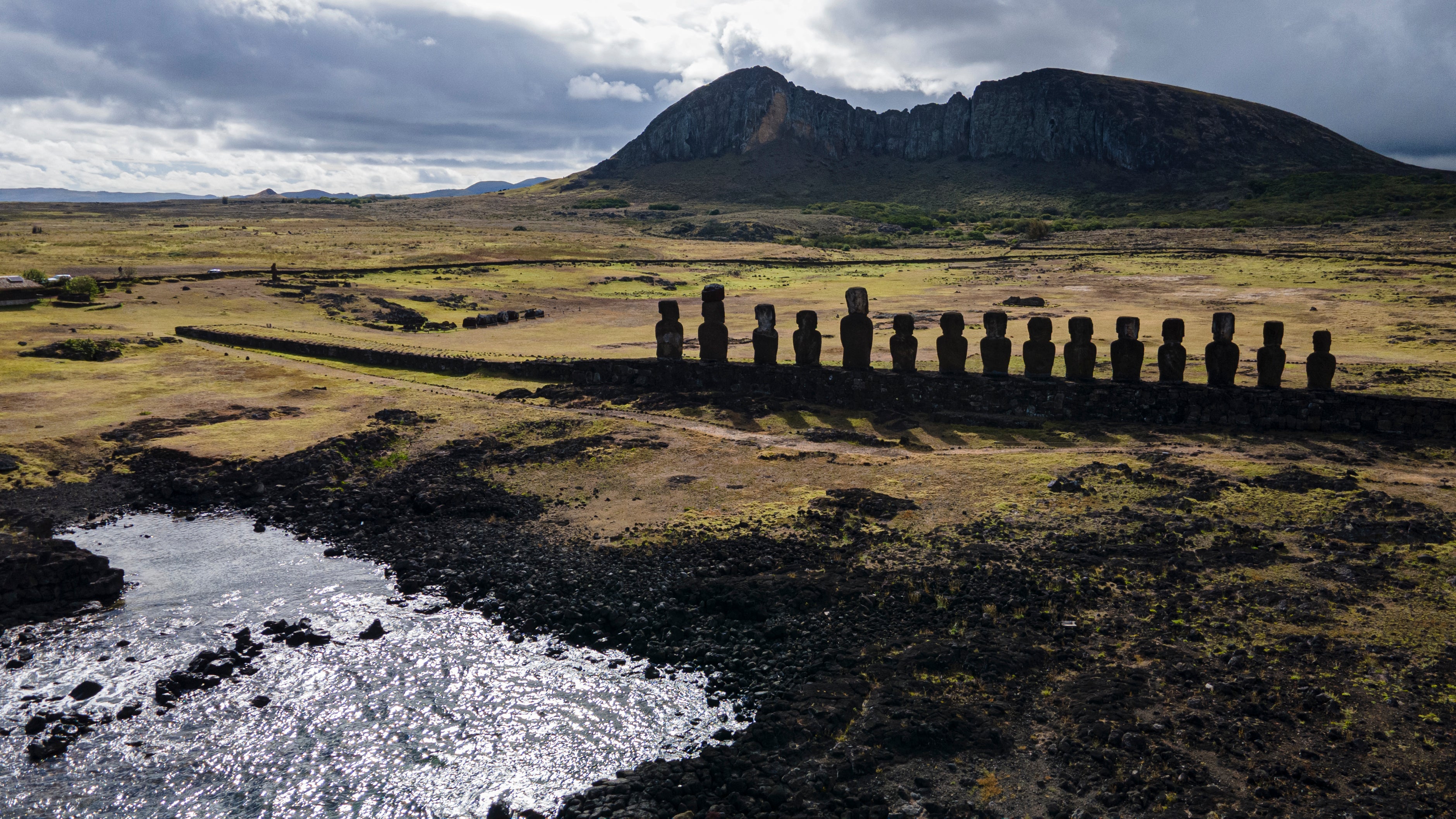New maoi statue discovered in Easter Island dry lake
Researchers have found a new moai statue in a dry lake on the Chilean island of Rapa Nui, joining the approximately 1,000 other iconic monolithic sculptures on what is internationally known as Easter Island

Researchers have found a new moai statue in a dry lake on the Chilean island of Rapa Nui, joining the approximately 1,000 other iconic monolithic sculptures on what is internationally known as Easter Island.
The statue is relatively small at 1.6 meters (5.2 feet), as compared with some of the other broadly featured heads and torsos that reach as tall as 22 meters (72 feet). It was found by researchers from the University of Chile and O’Higgins University.
More statues might be found in the dry lake, which is at the center of the Rano Raraku volcanic crater, said Salvador Atan Hito, vice president of the Ma ́u Henua indigenous community that manages Rapa Nui’s archeological treasures.
The statue “is in good condition, it has wear from time, erosion, water, but its shapes and features are still very noticeable,” Atan told The Associated Press in an interview Wednesday.
“This discovery is something historic for this new generation,” he added.
About 400 of the island’s 1,000 moai are inside the volcanic crater or on its outer slopes, and the rest are scattered around the rest of the island’s Island’s 160 square kilometers (60 square miles).
Some of the moai are known to be buried under the surface though they have been left in place. However, this latest one had not previously been cataloged, Atan said.
The figures represent the ancestors of the Rapa Nui community, and their role is to protect community members, which is why they were placed looking inward from the sea, Atan said.
Rapa Nui, located 3,700 kilometers (2,300 miles) from the continent, was declared a UNESCO World Heritage Site in 1995. In 2019, it was renamed “Rapa Nui-Easter Island” from its previous name of Easter Island.
Bookmark popover
Removed from bookmarks